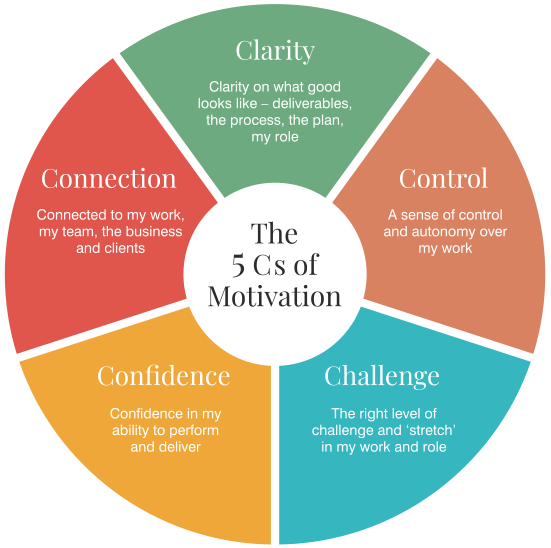by William Winstone
As a 20-year-old work placement student, I was asked by the MD to do a budgeting exercise. As I developed the spreadsheets and we looked at the sales numbers, I asked him “do we tell the salespeople what their numbers are, or do we let them tell us and go from there?” He just said to me: “We tell them. Because necessity is the mother of invention.”
In my first important lesson in leadership, he explained that imposing these targets would galvanize the sales team to dig deep and find new solutions. I’ve never forgotten that phrase: “necessity is the mother of invention”. It was a very clear example of leading with direction, boundaries and clarity. It has stuck with me and even now it’s a useful reminder for every leader. Firstly, to be clear when you need the confidence and skill to assert, to inspire, and create a vision of where you need your team to go. And secondly, how to do this with alignment and increased, rather than reduced team motivation.
One important caveat: when everything is a necessity, then burn-out and low morale ensues. We’ve seen this repeatedly in the public sector, where the mantra “more with less” has created initial gains, but at the cost of an increasingly disengaged workforce.
When to do this
Every high performing team and organisation we work with has a cycle of Plan – Do – Review. This means annual, six-monthly or quarterly phases of defining and refining their high-level strategic direction and their game plans for achieving it. And yet many businesses, especially SME’s, don’t have this sort of discipline and structure. In today’s world this can be exacerbated by busyness – “we’re too busy doing” to review, plan and go again.
The cost can be a lack of prioritisation and focus on what really matters, and not letting go of what doesn’t matter so much. Result, busyness and more burn-out, often at the expense of profitability.
How to do this
Every leader needs to have their own personal cycles of Plan – Do – Review, on a daily, weekly and monthly basis to create the personal thinking space to lead their team. Mezzana’s 5C’s model provides a great foundation for personal reflection and managing one’s own motivation. Within this, the Clarity and Connection dimensions are very helpful for setting direction and motivating your teams.
Connection
As a leader you need to foster connectedness through regular conversations about your business’s purpose, the value you add for your clients, and who you are as a team.
Clarity
Individually, so that everyone knows what their role is, what is expected of them and how this relates to shared objectives and goals. As a team and organisation, so that everyone is clear about what success looks like.
Take a moment to reflect on the following:
- When in your role do you need to lead from the front?
- What are your personal cycles of Plan – Do – Review?
- What are your business’s cycles of Plan – Do – Review?
- What simple change could make an improvement?




